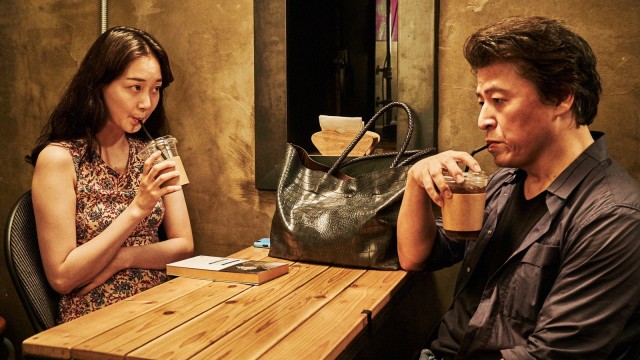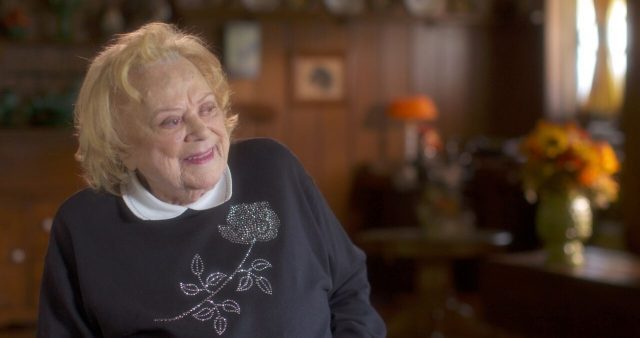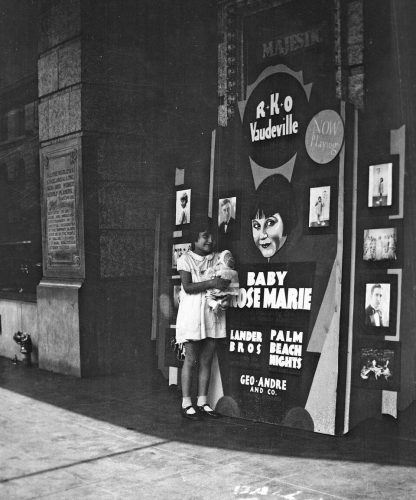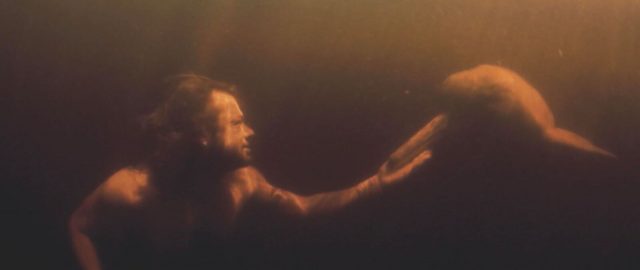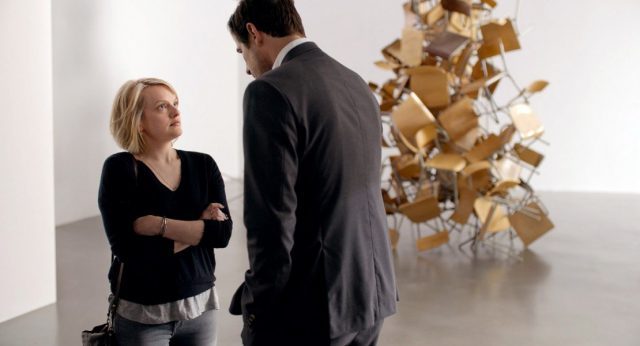
Ann (Elisabeth Moss) and Christian (Claes Bang) discuss more than just art in Ruben Östlund’s The Square
THE SQUARE (Ruben Östlund, 2017)
IFC Center, 323 Sixth Ave. at West Third St. 212-924-7771
Film Society of Lincoln Center, Walter Reade Theater, 165 West 65th St. at Amsterdam Ave., 212-875-5601
www.squarethefilm.com
 The plot of Ruben Östlund’s 2014 absurdist satire, Force Majeure, turns on a man’s momentary act of surprising cowardice when an avalanche threatens him and his family at a ski resort. In the Swedish writer-director’s latest film, the Palme d’Or-winning absurdist satire The Square, the plot is set in motion when a man’s momentary act of surprising bravery leads him into a spiral of personal and professional chaos. The Tesla-driving chief curator of the fictional X-Royal contemporary art museum in Sweden, Christian (Claes Bang) is walking through a busy plaza when he hears a woman crying for help as bystanders do nothing. After his initial hesitation, Christian intervenes and is ultimately quite pleased with himself and his decision to do the right thing — until, a few moments later, he realizes he’s been robbed. Back at the museum, Christian listens to a pair of millennial marketers pitching their campaign for the institution’s upcoming exhibit, “The Square,” which is highlighted by a four-meter-by-four-meter square positioned on the cobblestones in the museum’s front courtyard. An accompanying plaque reads, “‘The Square’ is a sanctuary of trust and caring. Within it we all share equal rights and obligations.” As the museum contemplates a cutting-edge ad campaign for the exhibit, Christian has to deal with an arts journalist, an angry kid, the museum board, and his own moral decisions.
The plot of Ruben Östlund’s 2014 absurdist satire, Force Majeure, turns on a man’s momentary act of surprising cowardice when an avalanche threatens him and his family at a ski resort. In the Swedish writer-director’s latest film, the Palme d’Or-winning absurdist satire The Square, the plot is set in motion when a man’s momentary act of surprising bravery leads him into a spiral of personal and professional chaos. The Tesla-driving chief curator of the fictional X-Royal contemporary art museum in Sweden, Christian (Claes Bang) is walking through a busy plaza when he hears a woman crying for help as bystanders do nothing. After his initial hesitation, Christian intervenes and is ultimately quite pleased with himself and his decision to do the right thing — until, a few moments later, he realizes he’s been robbed. Back at the museum, Christian listens to a pair of millennial marketers pitching their campaign for the institution’s upcoming exhibit, “The Square,” which is highlighted by a four-meter-by-four-meter square positioned on the cobblestones in the museum’s front courtyard. An accompanying plaque reads, “‘The Square’ is a sanctuary of trust and caring. Within it we all share equal rights and obligations.” As the museum contemplates a cutting-edge ad campaign for the exhibit, Christian has to deal with an arts journalist, an angry kid, the museum board, and his own moral decisions.
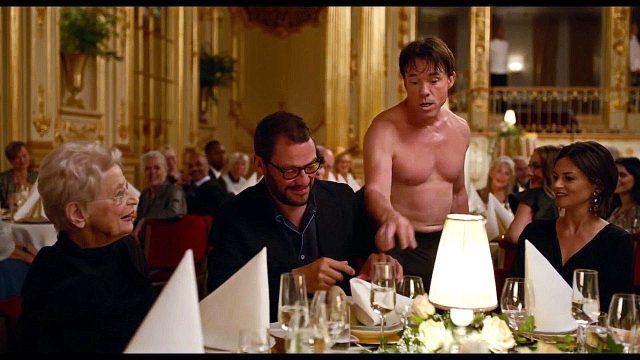
Oleg (Terry Notary) takes performance art to another level in The Square
The film opens as Christian is being interviewed by Ann (Elisabeth Moss) in a gallery, in front of a neon wall sign that says, “You have nothing.” Later, the sign says, “You have everything.” This dichotomy is central to Christian’s inner dilemma; he seemingly does have everything, but his world is slowly shattering, just like the artworks heard crashing to the ground later while he is in a deep personal discussion with Ann. Östlund skewers the art world, political correctness, class conflict, freedom of speech, privileged social groups, and the concept of “safe spaces” in the film, which was inspired by a real exhibition by Östlund and producer Kalle Boman that ran at the Vandalorum Museum in Sweden in 2015. Immediately following the opening interview, which reveals Ann has no feel whatsoever for contemporary art, workers remove the statue of King Karl XIV Johan that stands in front of the museum; on the base is his royal motto, “The love of the people my reward.” As the monument is being taken off its plinth, the crane drops it and the king’s head falls off. “The Square” takes its place, signaling the old being replaced by the new, physical objects replaced by lofty ideals, with an utter disregard for what has come before. Östlund (Involuntary, Play) is not above making such obvious analogies and references, including naming his protagonist Christian, a man who spends much of the film attempting to do what he considers the right thing. (Östlund, who also edited the film with Jacob Secher Schulsinger, has said that “The Square” installation is a place where the Golden Rule and the Universal Declaration of Human Rights should take precedence.)
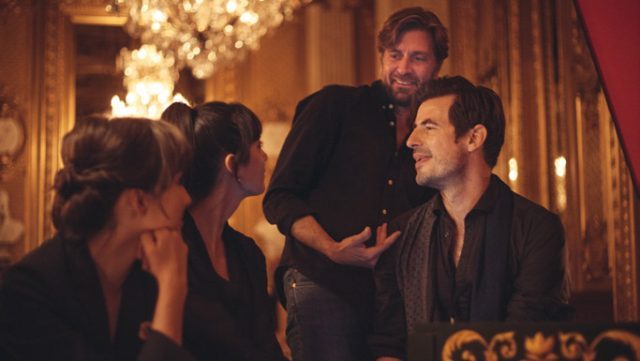
Writer-director-editor Ruben Östlund (standing) on the set of The Square
The film focuses on the issue of trust, and particularly how humans lose their ability to have faith in others as they mature. At the entrance to the “Square” installation, visitors are given the option of deciding between two paths, one marked “I Trust People,” the other “I Mistrust People.” Christian’s two daughters both take the former. The older daughter is a cheerleader, showing trust in her teammates as the girls are tossed high in the air and wait to be caught — but not without several men hovering right behind them to try to prevent any possible falls. The difference between childhood and adulthood is also evident in how Christian deals with a determined young boy in trouble because of the divorced curator. Bang is stoic as Christian, a man who feels more at home among works of art than with other people. He wants so desperately to be good, but it’s getting harder and harder to make the right decision in the current politically correct atmosphere, and he is so self-absorbed that he even fights over possession of a used condom, in one of the film’s most bizarrely comic moments. Those choices come to the fore in two wildly uncomfortable scenes involving an American artist named Julian (Dominic West), first at a public Q&A where he is bedeviled by an audience member with Tourette syndrome, and later at a gala fundraiser where a bare-chested performer (motion-capture actor Terry Notary) moves around the luxurious room, acting like an ape, but as he begins breaking physical and socially acceptable boundaries, no one knows how to react. (His acting like an ape is in direct contrast to Ann’s roommate, an ape who is far more civilized and is never commented on.) Both situations frustrate the viewer as well, as we are as hamstrung as the people in the film, all of us experiencing the bystander effect together. And the mood is further joyfully complicated by the lighthearted, satiric music. Despite a few minor missteps, The Square is a searingly intelligent exploration, and condemnation, of where humanity stands as a society in the twenty-first century, fearful of our every move, searching for that imaginary safe space where we can live and breathe freely with our fellow beings, consequences be damned.
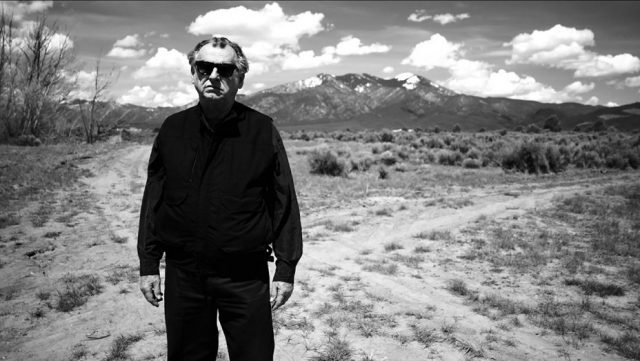
 Just about everyone who has ever seen Easy Rider has imagined themselves on a bike, rumbling across the country with Captain America (Peter Fonda) and Billy (Dennis Hopper), experiencing whatever comes their way. Newark native Satya de la Manitou did more than that, becoming Hopper’s friend and right-hand man for more than forty years. Their intimate and crazy friendship is told in Nick Ebeling’s debut feature documentary, Along for the Ride, which opens today at Metrograph. It would take quite a character to have spent that much time with Hopper — and live to tell about it — and Satya is just that kind of human being, a tough but sensitive, direct, bold man who leads a wild journey into Hopper’s creative process and personal demons. Ebeling follows Satya as he visits with Hopper’s brother, David; actors Russ Tamblyn, Dean Stockwell, and Michael Madsen (who reads a poem he wrote about Dennis); producers Danny Selznick, Lawrence Schiller, and Fred Caruso; directors Philippe Mora, Wim Wenders, and David Lynch; artists Ed Ruscha and Julian Schnabel and gallerist Tony Shafrazi; musicians and composers Damon Albarn and Jamie Hewlett (of GORILLAZ) and Mark Mothersbaugh (of DEVO); and architect Frank Gehry, who sheds a tear when talking about Dennis. Together, they provide a fascinating look into the depth of Hopper’s abilities as an actor, director, photographer, art lover, drug user, and center of attention. “He did everything well, like most geniuses do,” Satya explains.
Just about everyone who has ever seen Easy Rider has imagined themselves on a bike, rumbling across the country with Captain America (Peter Fonda) and Billy (Dennis Hopper), experiencing whatever comes their way. Newark native Satya de la Manitou did more than that, becoming Hopper’s friend and right-hand man for more than forty years. Their intimate and crazy friendship is told in Nick Ebeling’s debut feature documentary, Along for the Ride, which opens today at Metrograph. It would take quite a character to have spent that much time with Hopper — and live to tell about it — and Satya is just that kind of human being, a tough but sensitive, direct, bold man who leads a wild journey into Hopper’s creative process and personal demons. Ebeling follows Satya as he visits with Hopper’s brother, David; actors Russ Tamblyn, Dean Stockwell, and Michael Madsen (who reads a poem he wrote about Dennis); producers Danny Selznick, Lawrence Schiller, and Fred Caruso; directors Philippe Mora, Wim Wenders, and David Lynch; artists Ed Ruscha and Julian Schnabel and gallerist Tony Shafrazi; musicians and composers Damon Albarn and Jamie Hewlett (of GORILLAZ) and Mark Mothersbaugh (of DEVO); and architect Frank Gehry, who sheds a tear when talking about Dennis. Together, they provide a fascinating look into the depth of Hopper’s abilities as an actor, director, photographer, art lover, drug user, and center of attention. “He did everything well, like most geniuses do,” Satya explains.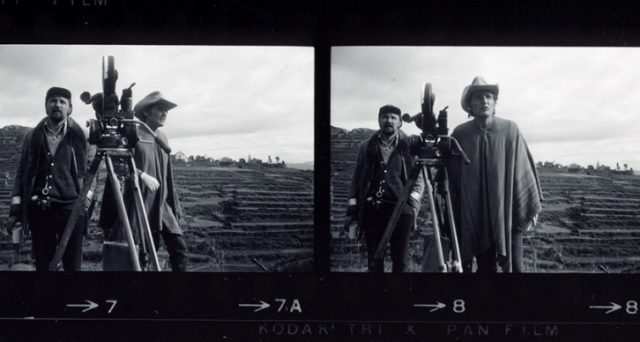
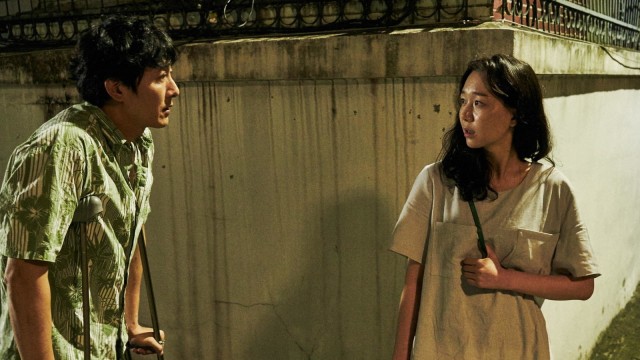
 “Don’t try to know everything,” Min-jung (Lee Yoo-young) says in Hong Sang-soo’s latest unusual and brilliant romantic drama, Yourself and Yours. It’s impossible to know everything that happens in Hong’s films, which set fiction against reality, laying bare cinematic narrative techniques. With a propensity to use protagonists who are directors, it is often difficult to tell what is happening in the film vs. the film-within-the-film. He also repeats scenes with slight differences, calling into question the storytelling nature of cinema as well as real life, in which there are no do-overs. In the marvelous Yourself and Yours, scenes don’t repeat, although the existence of a main character might. Min-jung is in a relationship with painter Young-soo (Kim Joo-hyuk), who is dealing with the failing health of his mother when he is told by a friend (Kim Eui-sung) that Min-jung was seen in a bar drunk and arguing with another man. Young-soo refuses to believe it, since he and Min-jung are facing her drinking problem by very carefully limiting the number of drinks she has when she goes out with him. But when the friend insists that numerous people have seen her in bars with other men and imbibing heavily, Young-soo confronts her, and she virulently defends herself, claiming that they are lies and that he should have more faith in her. She leaves him, and over the next several days she has encounters with various men, but she appears to be either a pathological liar or have a memory problem as she tells the older Jaeyoung (Kwon Hae-hyo), a friend of Min-jung’s, that she is a twin who does not know the painter; later, with filmmaker Sangwon (Yu Jun-sang), she maintains that they have never met despite his assertion that they have. Through it all, Young-soo is determined to win her back. “I want to love each day with my loved one, and then die,” he explains with romantic fervor. He also acknowledges Min-jung’s uniqueness: “Her mind itself is extraordinary,” he says.
“Don’t try to know everything,” Min-jung (Lee Yoo-young) says in Hong Sang-soo’s latest unusual and brilliant romantic drama, Yourself and Yours. It’s impossible to know everything that happens in Hong’s films, which set fiction against reality, laying bare cinematic narrative techniques. With a propensity to use protagonists who are directors, it is often difficult to tell what is happening in the film vs. the film-within-the-film. He also repeats scenes with slight differences, calling into question the storytelling nature of cinema as well as real life, in which there are no do-overs. In the marvelous Yourself and Yours, scenes don’t repeat, although the existence of a main character might. Min-jung is in a relationship with painter Young-soo (Kim Joo-hyuk), who is dealing with the failing health of his mother when he is told by a friend (Kim Eui-sung) that Min-jung was seen in a bar drunk and arguing with another man. Young-soo refuses to believe it, since he and Min-jung are facing her drinking problem by very carefully limiting the number of drinks she has when she goes out with him. But when the friend insists that numerous people have seen her in bars with other men and imbibing heavily, Young-soo confronts her, and she virulently defends herself, claiming that they are lies and that he should have more faith in her. She leaves him, and over the next several days she has encounters with various men, but she appears to be either a pathological liar or have a memory problem as she tells the older Jaeyoung (Kwon Hae-hyo), a friend of Min-jung’s, that she is a twin who does not know the painter; later, with filmmaker Sangwon (Yu Jun-sang), she maintains that they have never met despite his assertion that they have. Through it all, Young-soo is determined to win her back. “I want to love each day with my loved one, and then die,” he explains with romantic fervor. He also acknowledges Min-jung’s uniqueness: “Her mind itself is extraordinary,” he says.